The Startup Pitch
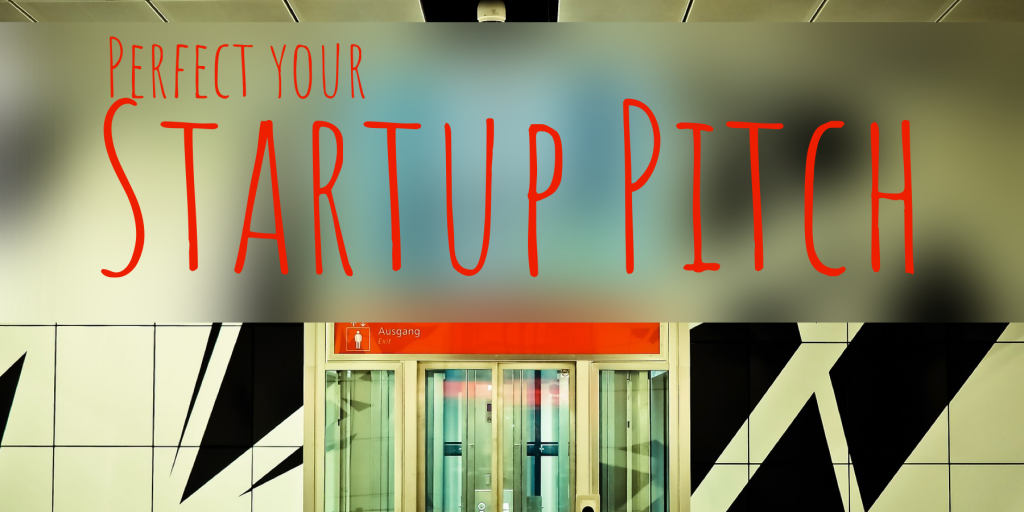
In graduate school, whenever we were getting ready to attend a conference, we would all get together to practice our elevator pitches. In theory, the reason we practiced our pitch was that if by some miracle we found ourselves on an elevator with a philanthropically inclined Bill Gates we’d be ready to win him over with a […]
Review of “Emotional Design” by Don Norman
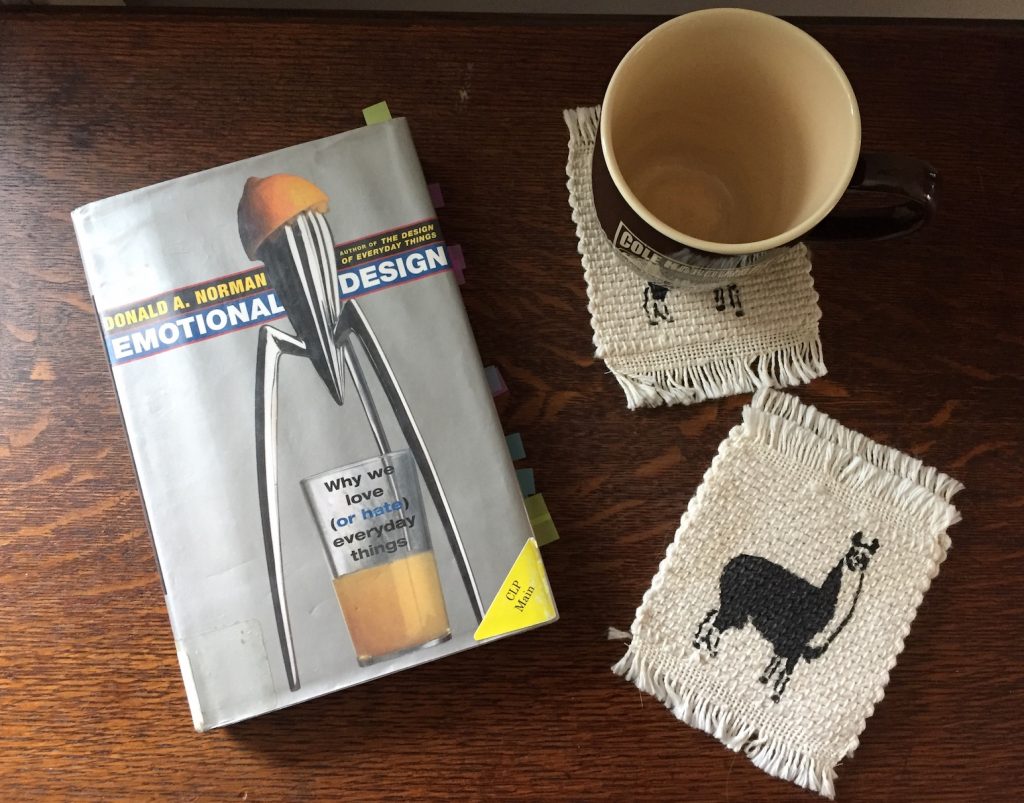
Good designs are usable, great designs connect on a deeper level. In Don Norman’s “Emotional Design” he explains how designs that can connect with users at the visceral, behavioral, and reflective level are often able to stand the test of time.
In an MVP, do looks matter?
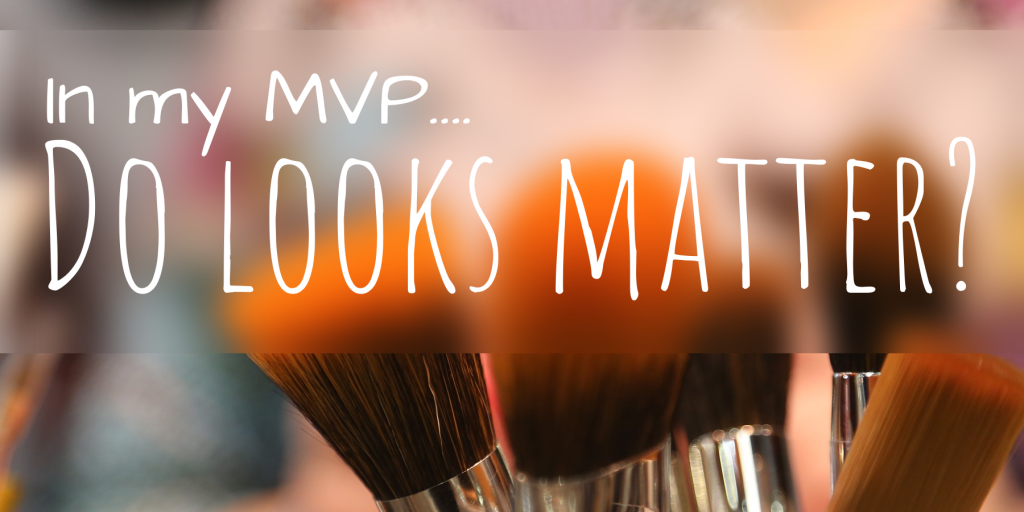
The keyword in MVP is “minimum”. But how minimum should the UI be? In an MVP, do looks matter? The TL;DR answer is : It depends. Probably not too much. But you should definitely come back to worrying about aesthetics as soon as possible.
UX Mini-lesson: Storyboards
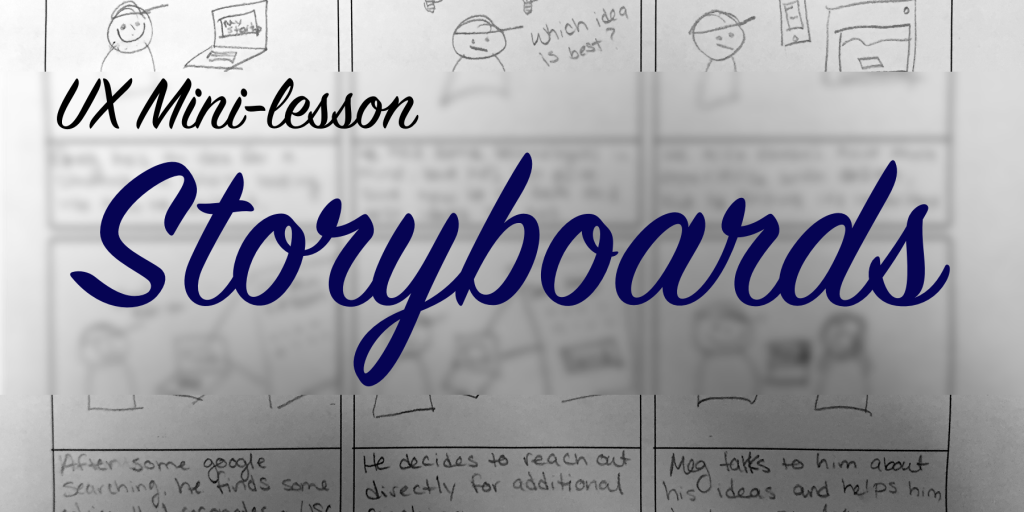
Storyboards are the UX designers’ secret weapon. They can be used in so many versatile ways, but require relatively little effort to make. Storyboards are a powerful design tool because they… convey the “big picture” idea in just a few frames, combine many design elements (personas, requirements, solutions, etc.) into one coherent story, produce assets […]
Equity, Designers, and Startups
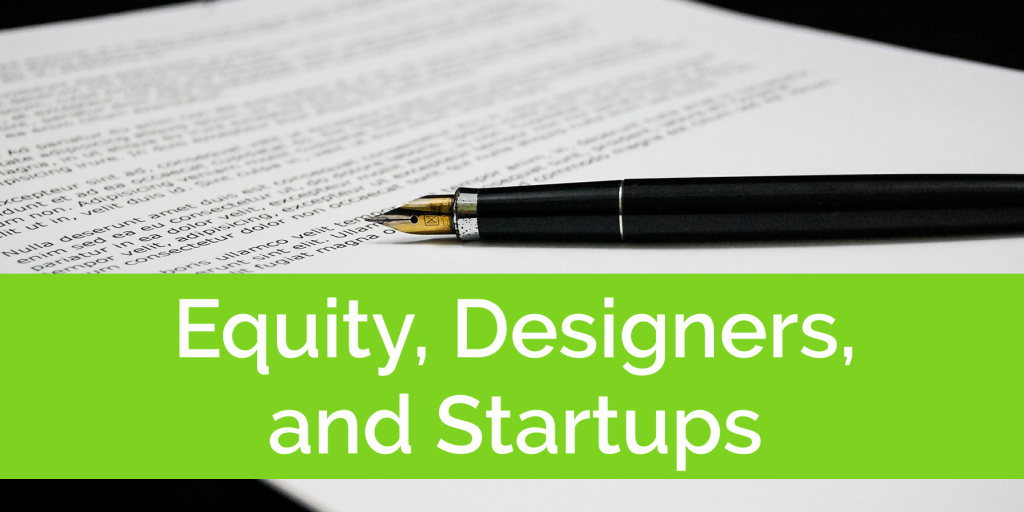
In a recent post, I discussed some of the reasons a freelance designer might hesitate to take on a startup client. A primary reason designers may balk at working with a startup is compensation; specifically, not receiving it. One potential solution is to ask the startup for equity, but that brings its own list of concerns. For […]
Good startup ideas: Where do they come from?
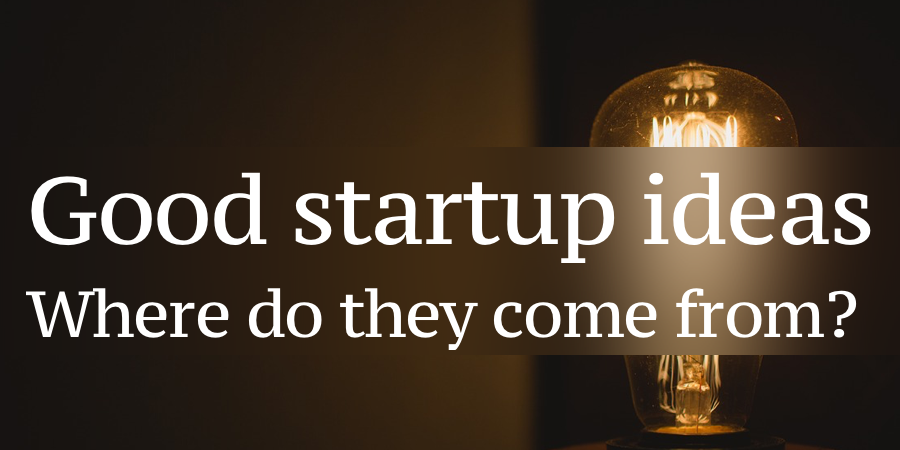
No such thing as an epiphany. Good startup ideas come from experience, and they can be made better with more and a diversity of experience.
UX Mini-lesson: Diary Studies

For today’s post I a present a “UX mini-lesson” on how to conduct diary studies. We will cover the value of longitudinal data sets, and strategies to maximize the quality and number of diary entries from your participants.
Strong ego required in entrepreneurship and design
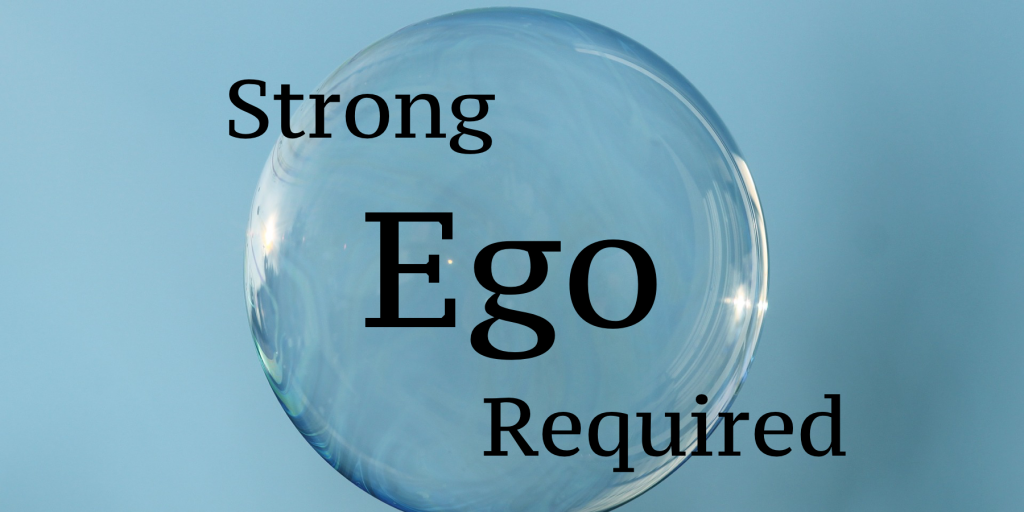
What entrepreneurs and designers need are strong egos. You want to cultivate an ego that is sturdy, flexible, and secure. You need an ego that can withstand criticism, incorporate alternative viewpoints, and recognize what is or is not important to pay attention to. People with strong egos can deal with critics, buck stereotypes, and cope with bumps in the road.
Why designers hesitate to take on startup clients
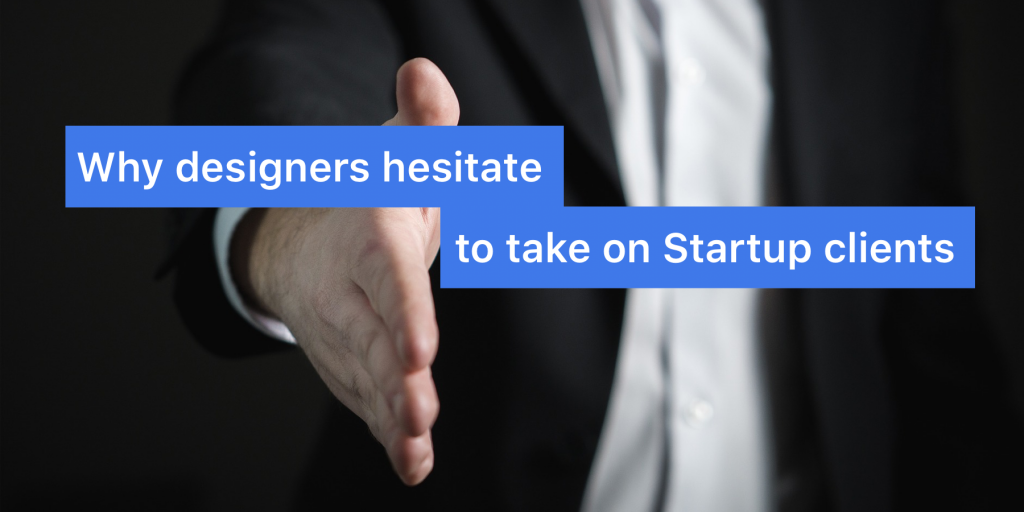
For the past year and a half I was a freelancing UX designer, and all of my clients were startups. I’ve recently decided to put my freelance business on the back burner for awhile to take a full-time position and pursue a few passion projects. This has given me some time to reflect on my experiences with startup clients. I realize that there were some startups that were amazing to work with, and others that had some Issues with a capital ‘I”. And when I’ve talked to other freelancing designers, I found that they encountered many of the same problems with startup clients. So here is a short list of reasons that designers hesitate to take on startup clients.
Get to big ideas fast: Review of “Sprint” by Jake Knapp
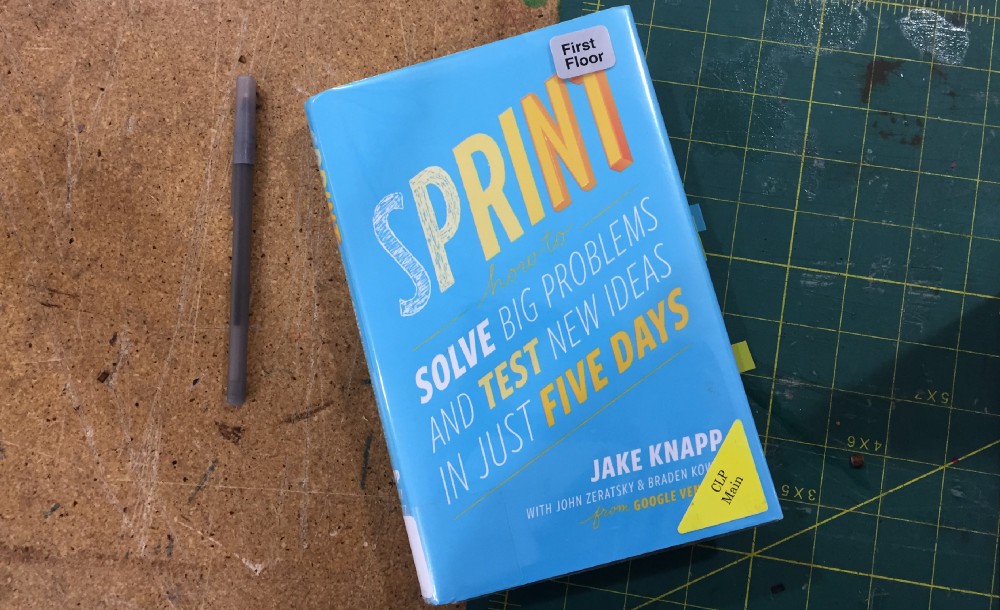
Sprint provides a blue print for design-facilitators. It provides a detailed and thorough explanation of how you can take a small team of people and go from zero to prototype in just 5 days. It covers design activities like goal setting, user process mapping, expert interviews, “how might we” requirements gathering, solution sketching, prototyping, and user testing.
